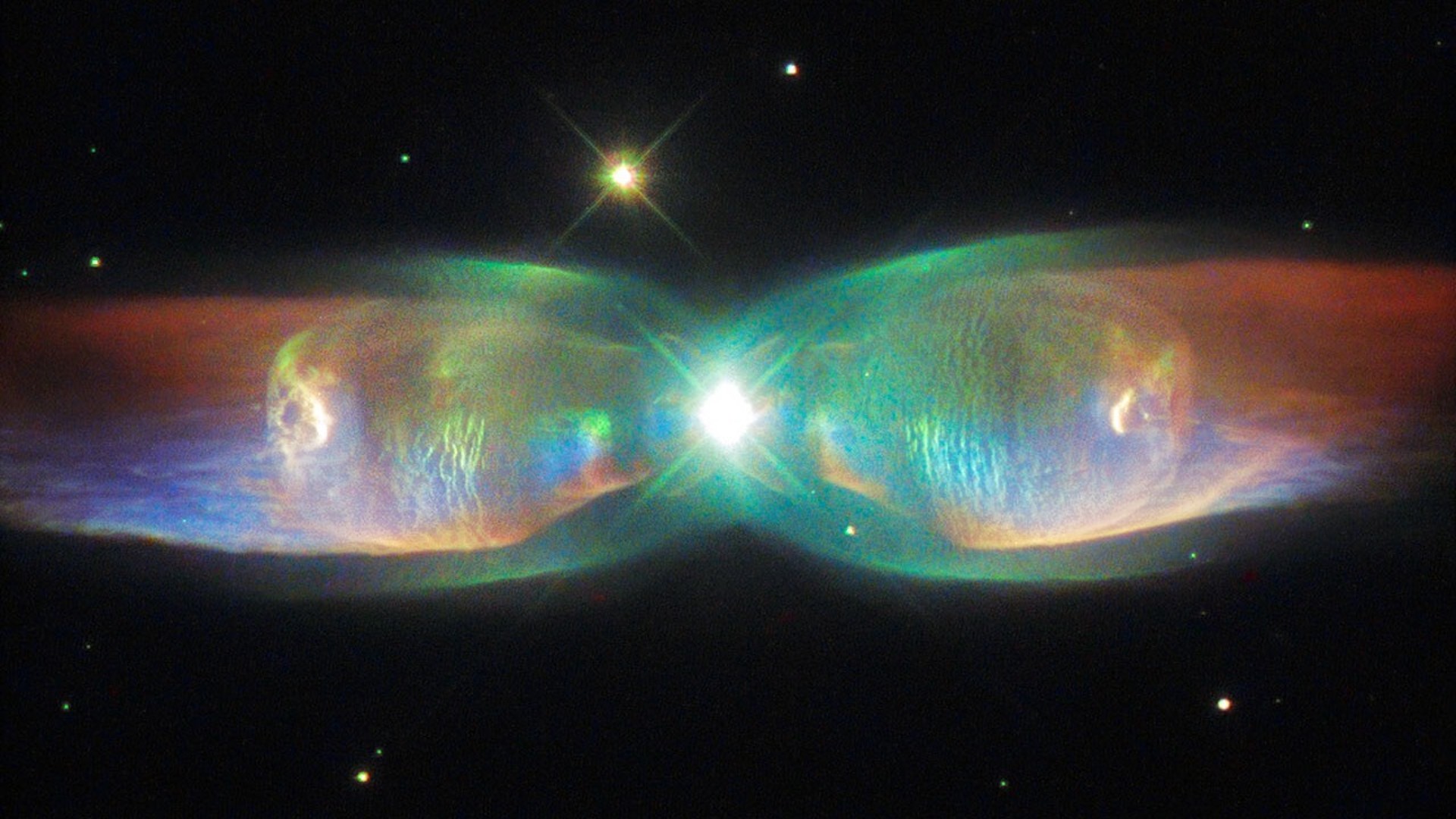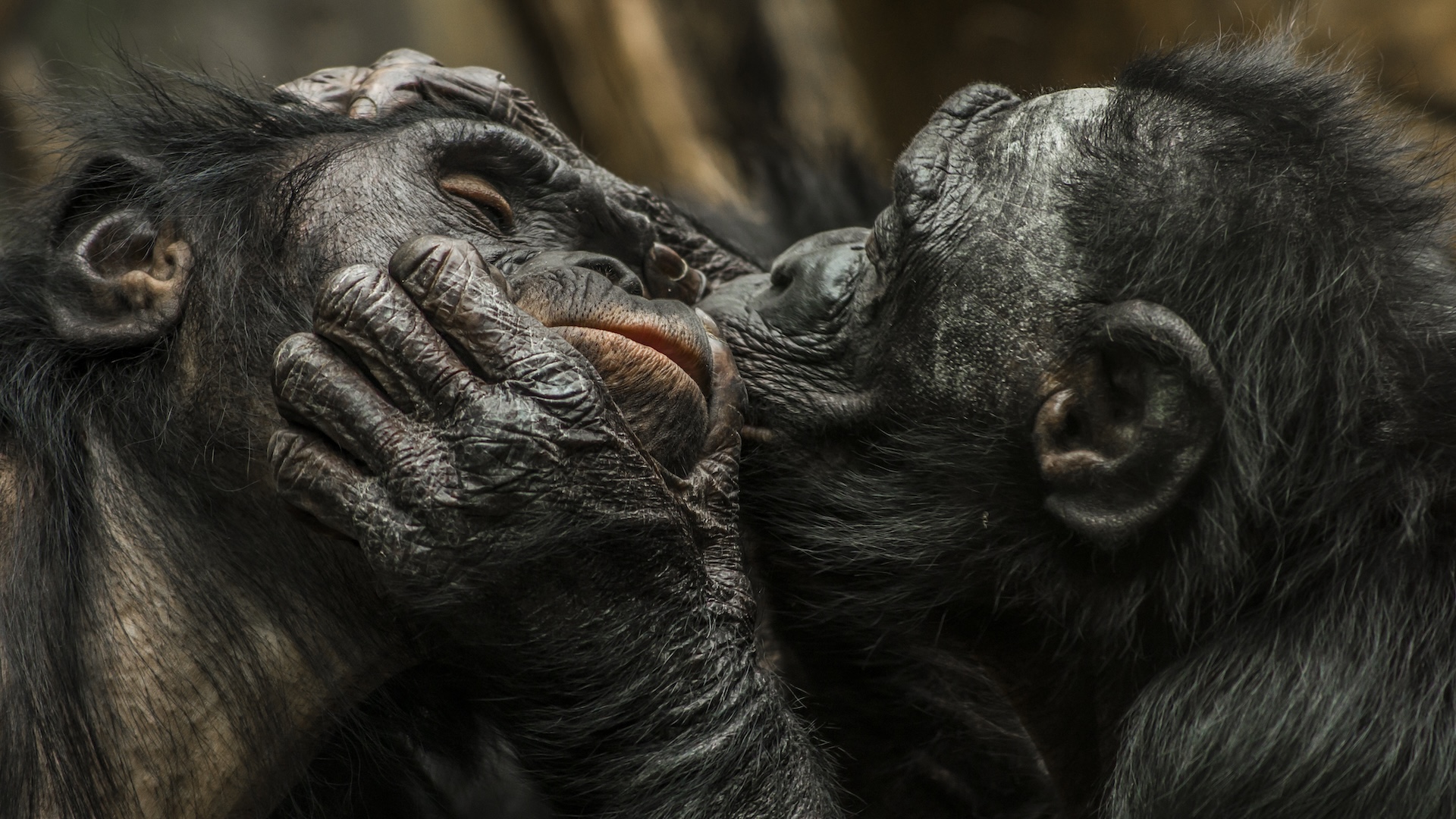Dark Matter

Dark matter makes up most of the matter in the universe, but scientists still have much to learn about this mysterious material. At Live Science, we follow the monumental research seeking answers to some of the biggest unanswered questions about dark matter.
Whether it’s a mysterious "kick" just after the Big Bang that may have created dark matter, how scientists narrowed down the 'weight' of dark matter trillions of trillions of times, or the potential for dark matter's secret identity to be hiding in distorted "Einstein rings," our expert writers and editors shine a light on dark matter with the latest news, fascinating features and interesting articles on this mysterious subject.
Latest about Dark Matter
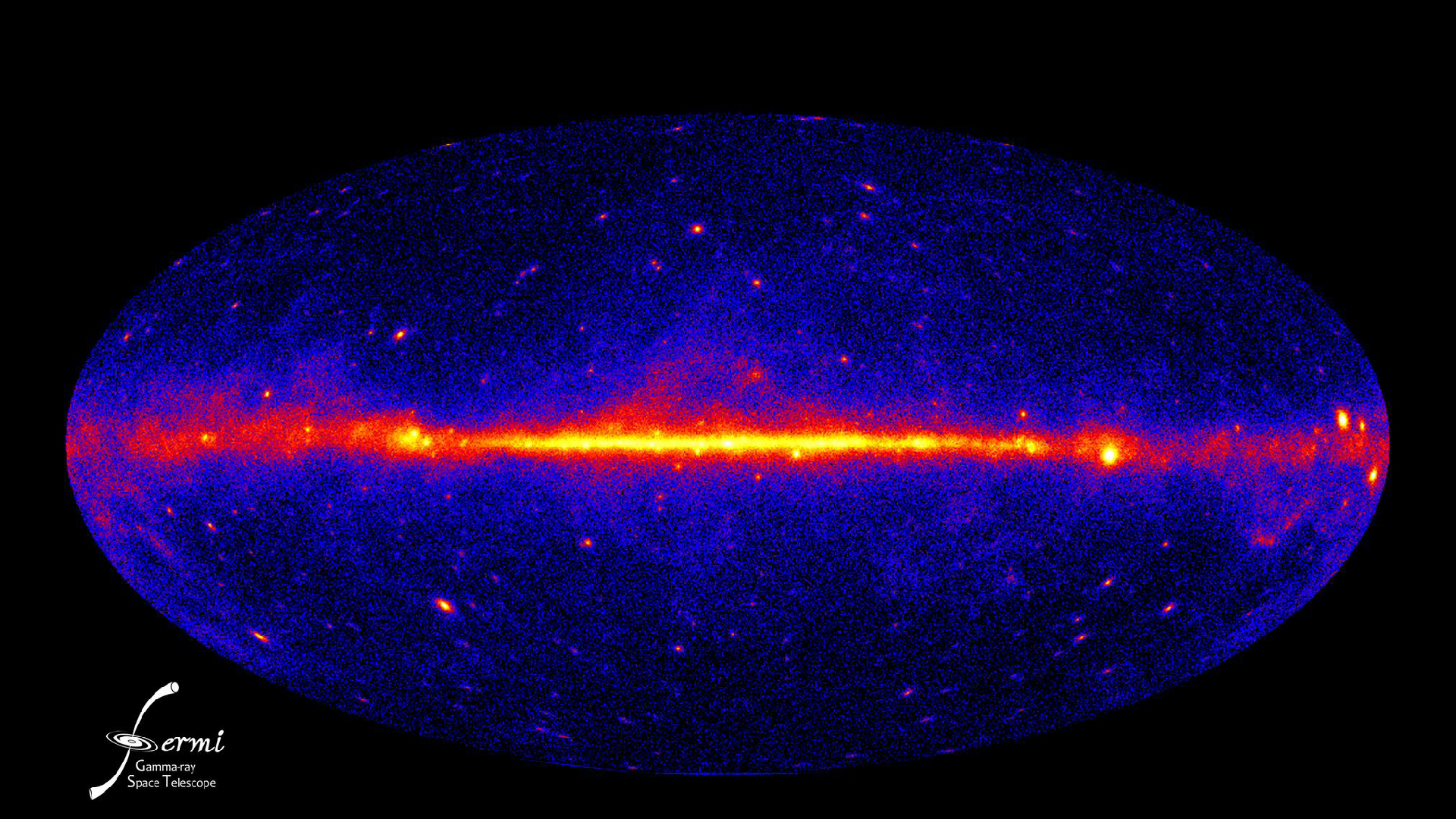
Mysterious glow at the Milky Way's center could reshape a major cosmic theory
By Andrey Feldman published
A mysterious glow at the center of the Milky Way has puzzled astronomers for more than a decade. New research offers an explanation that could also reshape what we know about dark matter.
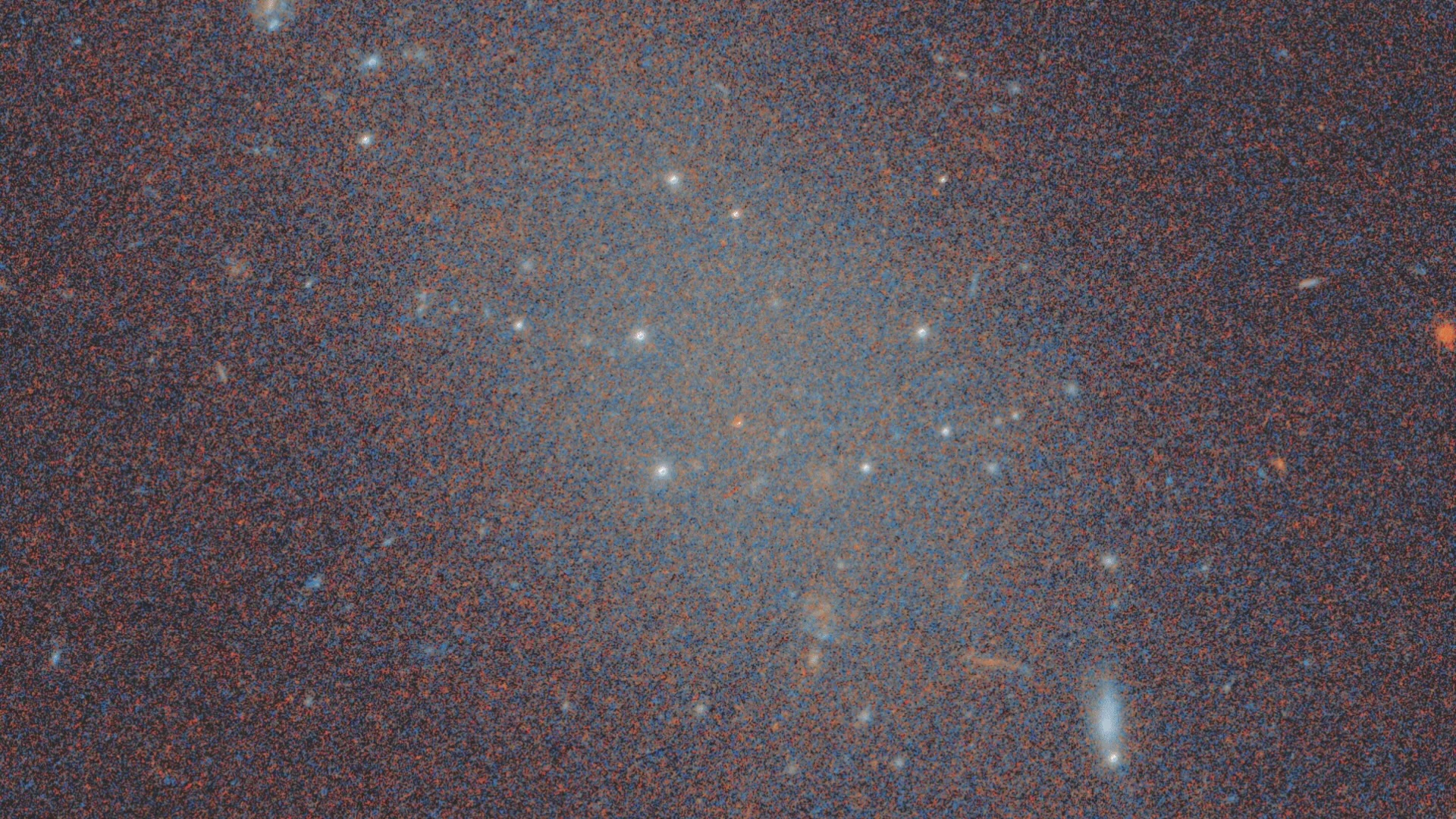
Ghostly galaxy without dark matter baffles astronomers
By Sharmila Kuthunur published
Astronomers have stumbled upon yet another ghostly galaxy that appears to be devoid of dark matter, the elusive stuff that makes up most of the material universe.
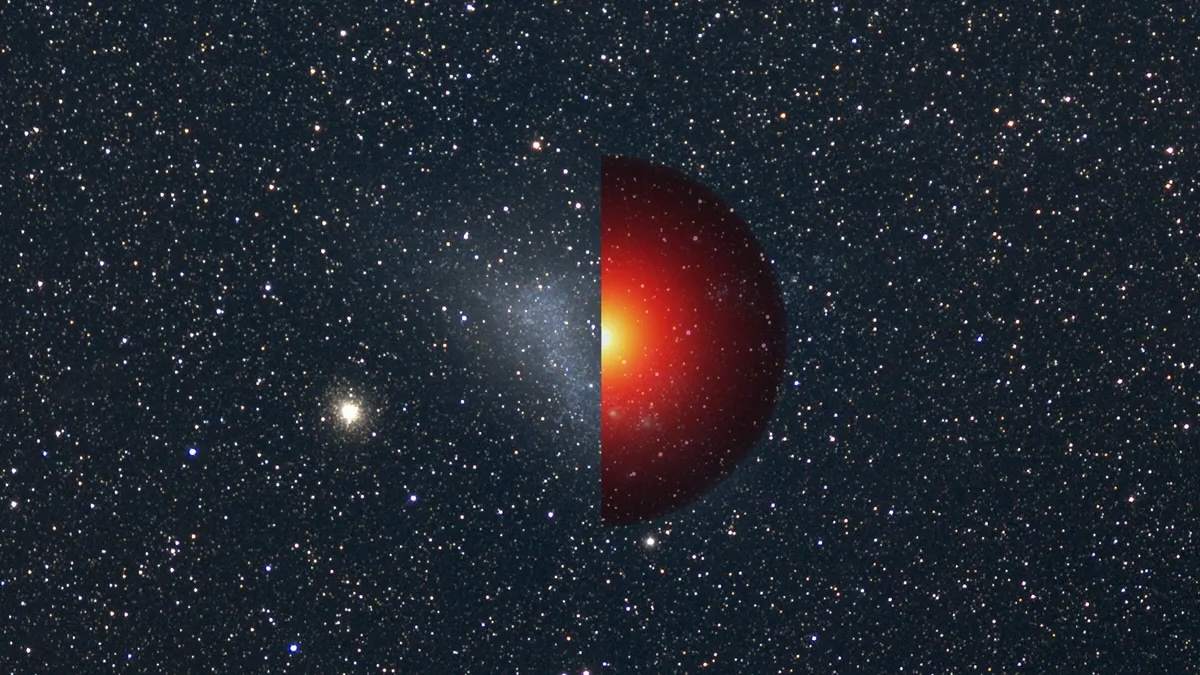
'Heavy' dark matter would rip our understanding of the universe apart, new research suggests
By Paul Sutter published
Because we haven't found anything yet, we've started to wonder if dark matter might be lighter or heavier than we thought.
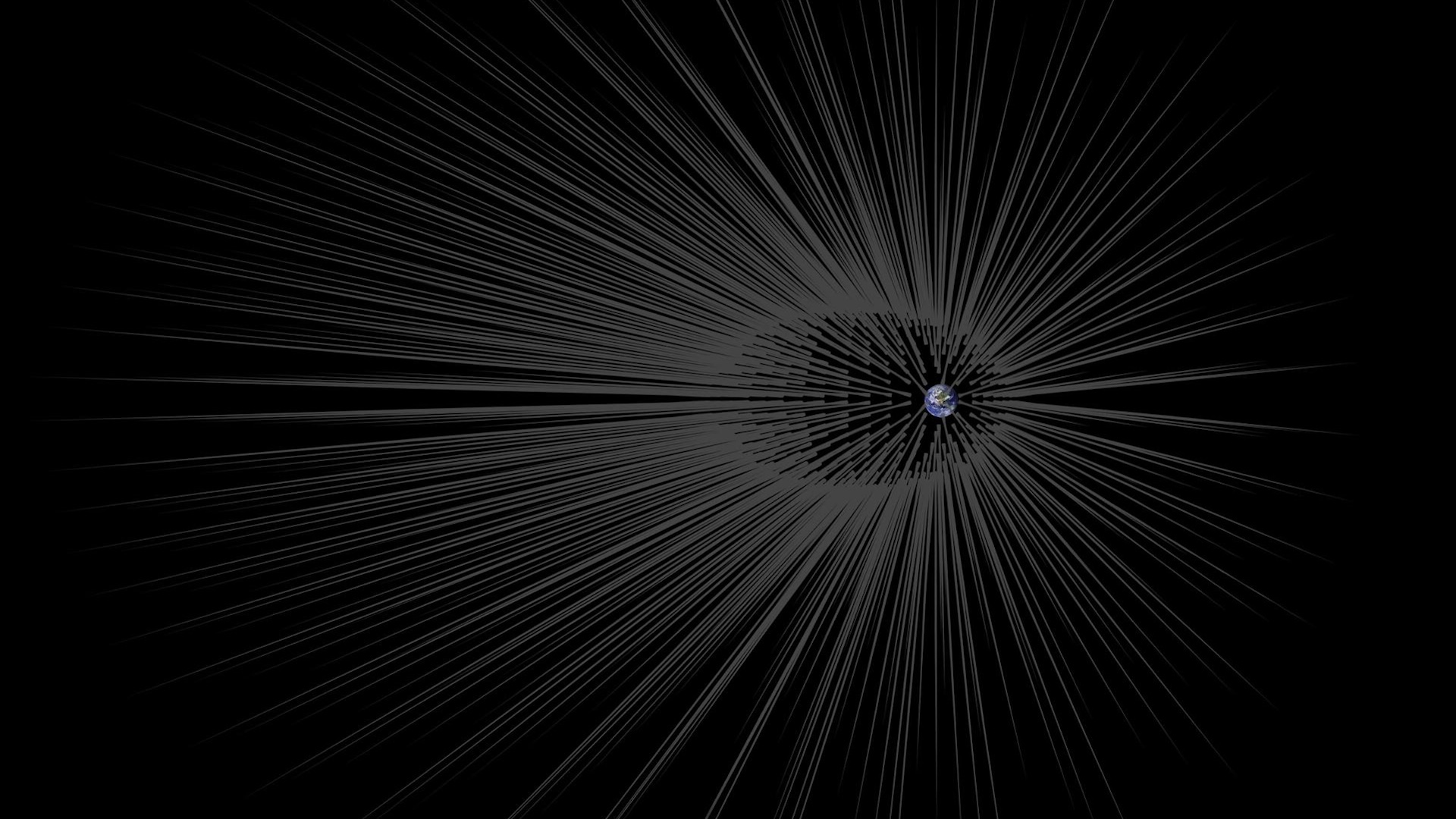
Something invisible and 'fuzzy' may lurk at the Milky Way's center, new research suggests
By Paul Sutter published
The cores of galaxies may not be made of what we thought, new research suggests — they could hold one giant, invisible star made of mysterious "fuzzy" matter.
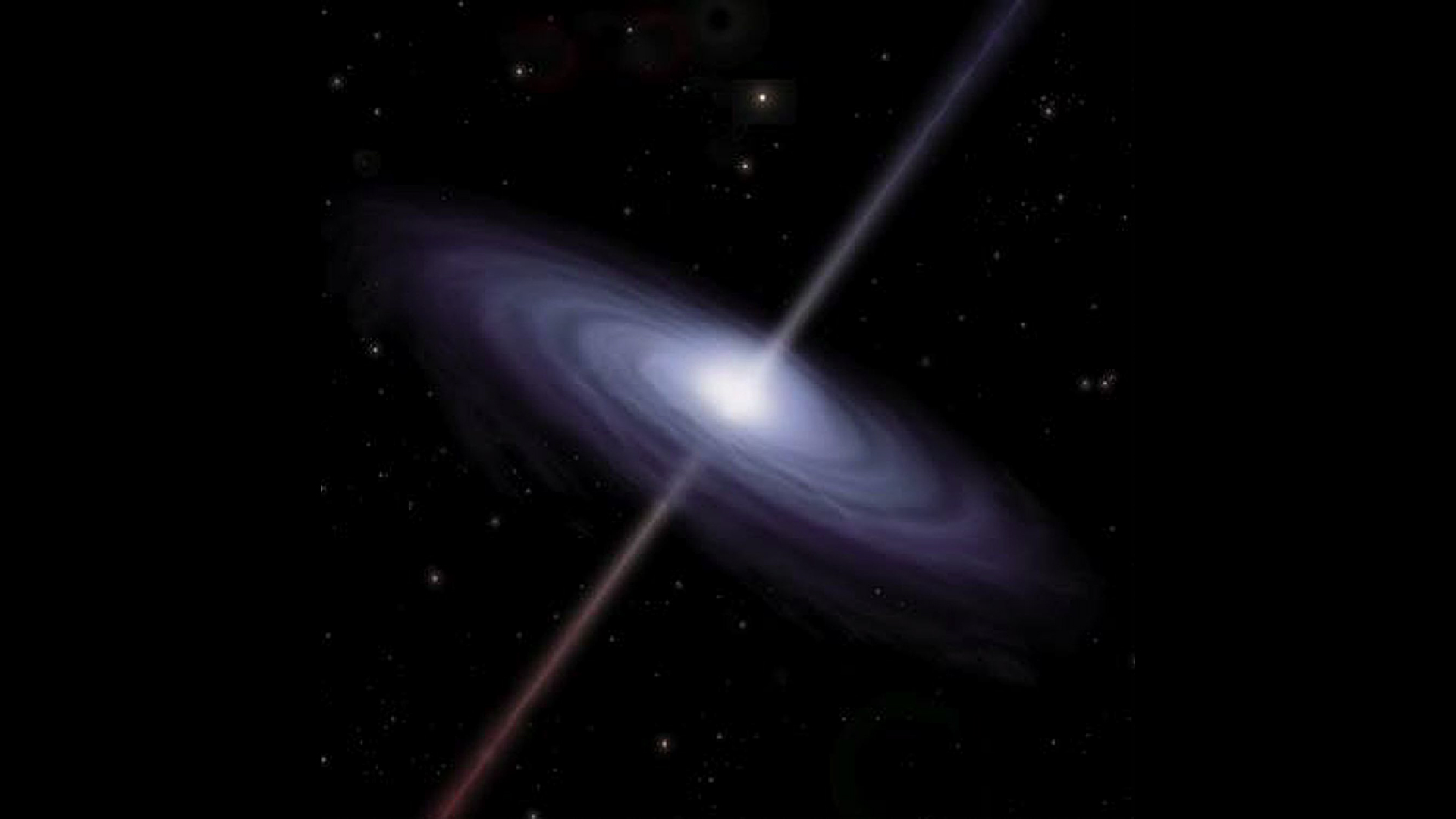
Black holes from the universe's infancy could reveal invisible matter
By Paul Sutter published
New theoretical research suggests primordial black holes could one day help researchers locate invisible dark matter.
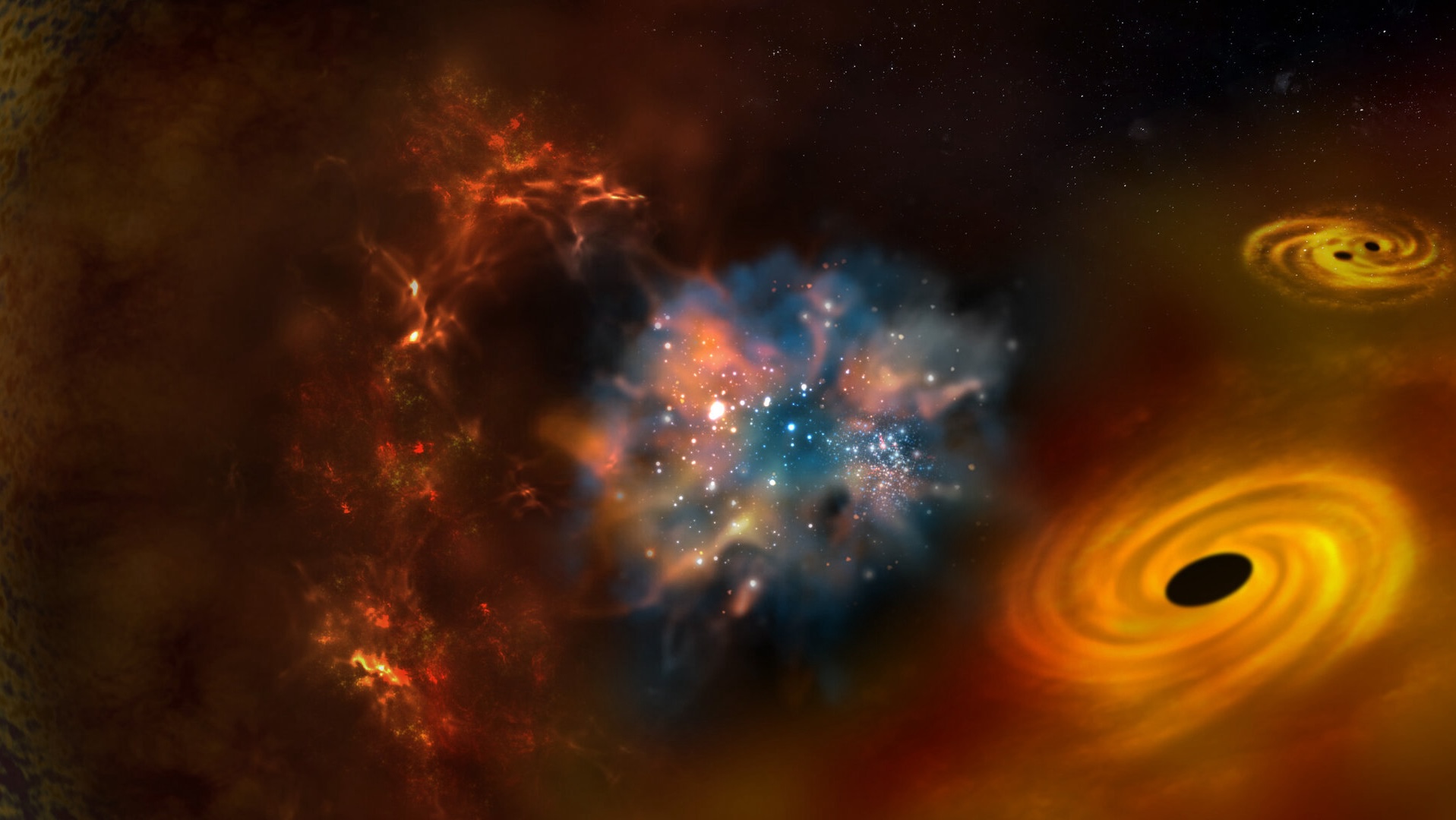
The universe had a secret life before the Big Bang, new study hints
By Andrey Feldman published
The secrets of black holes and dark matter could lie before the Big Bang, a new study of "bouncing" cosmology hints.
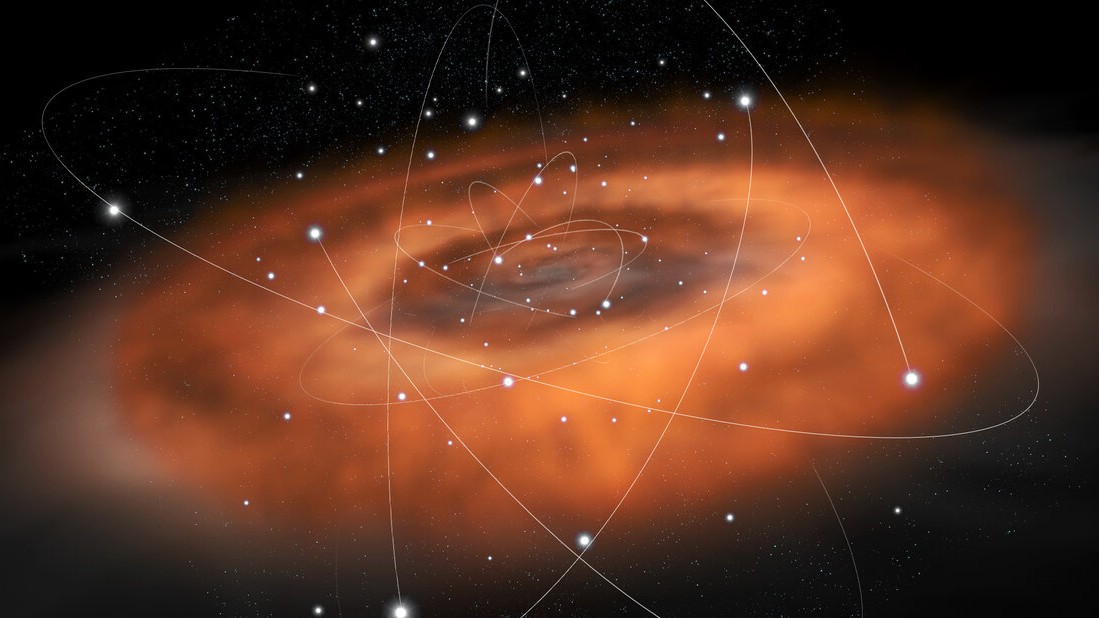
'Immortal' stars at the Milky Way's center may have found an endless energy source, study suggests
By Andrey Feldman published
Strange stars clustered near the Milky Way's center are much younger than theory predicts is possible. New research suggests their youth could actually be eternal — and fueled by annihilating dark matter.
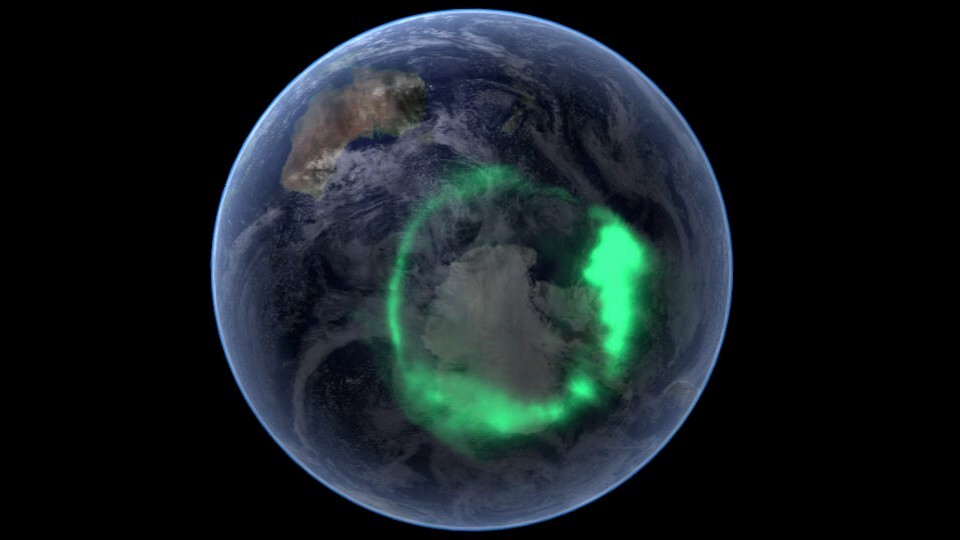
Earth's upper atmosphere could hold a missing piece of the universe, new study hints
By Paul Sutter published
Mysterious dark matter could slosh over our planet like a wave. If it does, it may produce telltale radio waves in Earth's atmosphere, new theoretical research suggests.
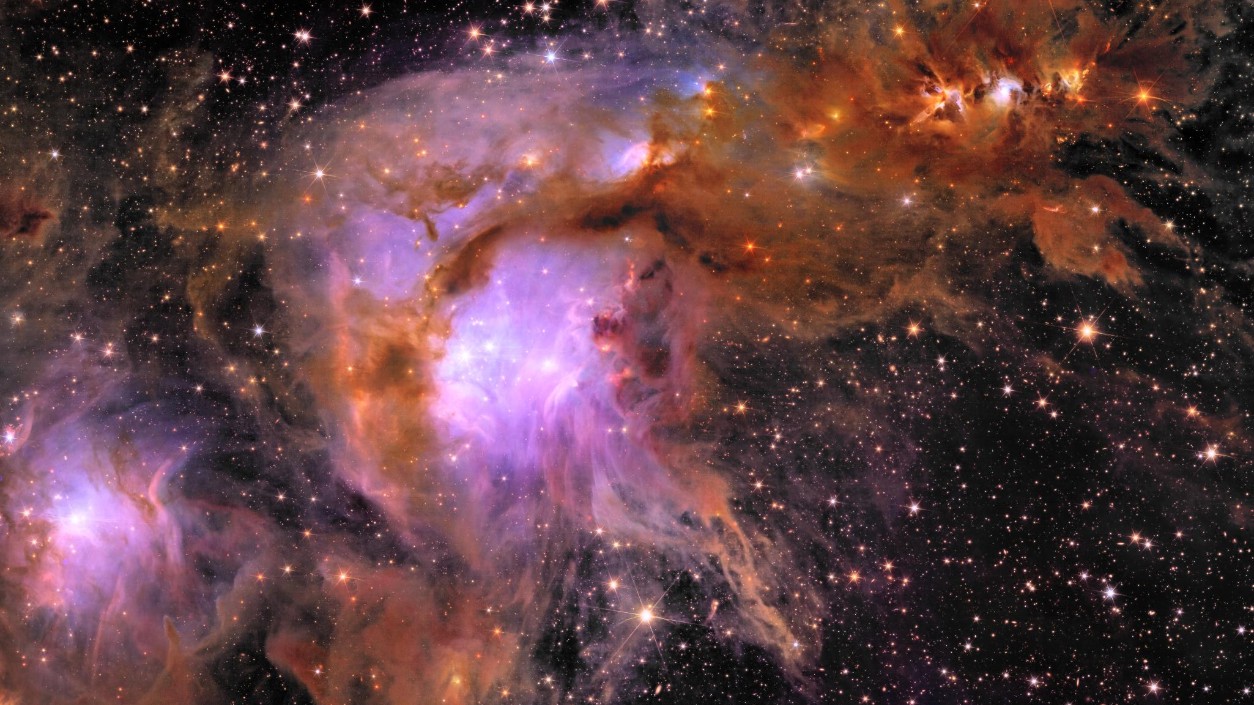
Euclid space telescope reveals more than 300,000 new objects in 1st 24 hours of observations (photos)
By Ben Turner published
The Euclid space telescope has released five mesmerizing new photos of our universe, kicking off a six-year campaign to unveil the secrets of dark matter, dark energy and other cosmological mysteries.
Get the world’s most fascinating discoveries delivered straight to your inbox.
